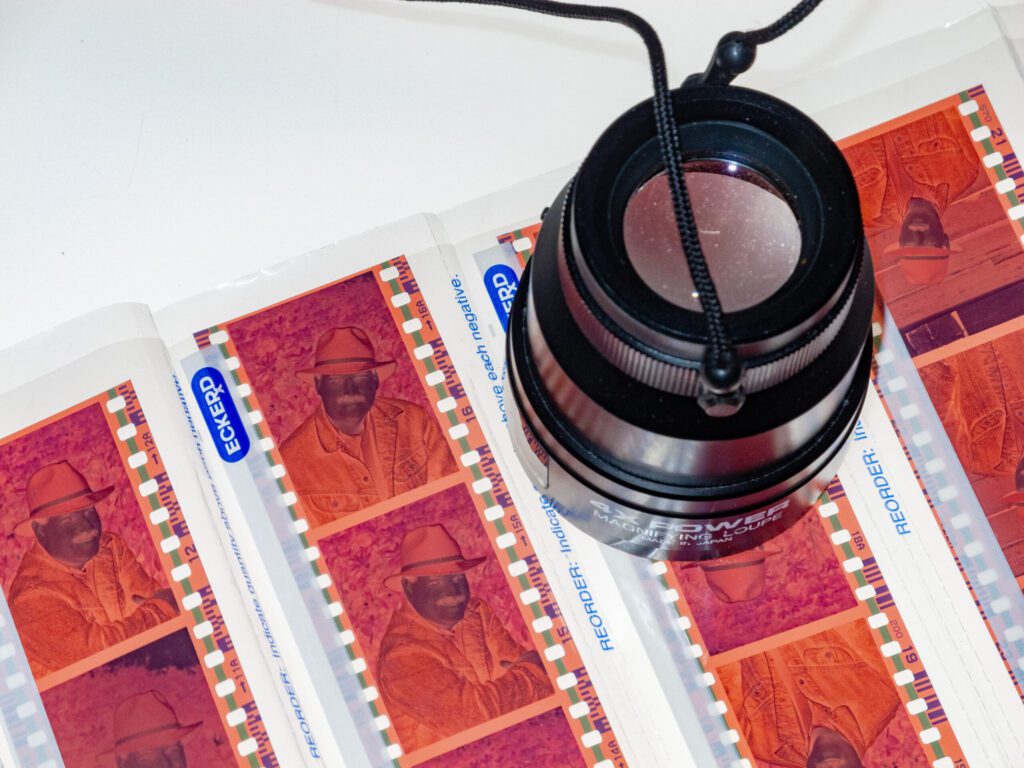
Recommended maximum print sizes for scanned media
So why should you care about high resolution?
It depends. If you have 4×6 snapshots, then 300 dpi scans are fine for archiving. You can still print a good-looking 7×10 enlargement.
For a small wallet-size picture, scan at 600 dpi so you can enlarge it and retain more detail. Got a photo of a group of people? 600 dpi will allow you to zoom in and crop.
Slides and negatives are smaller so they’re scanned at a higher dpi rate. Better to have too much resolution. You can always go down in size; you can’t go up without losing quality.
We copy your prints at 6000 PPI
| Scanned Media | 300 DPI – Excellent | 200 DPI – Good | 150 DPI – Acceptable |
| 4×6 photo: 300 dpi | 4″x6″ | 7″x10″ | 10″x14″ |
| 4×6 photo: 600 dpi | 8″x12″ | 13″x20″ | 17″x26″ |
| 8×10 photo: 600 dpi | 16″x20″ | 24″x36″ | 32″x40″ |
| 35mm slide: 2000 dpi | 7″x10″ | 10″x15″ | 13″x20″ |
| 35mm slide: 4000 dpi | 14″x21″ | 20″x30″ | 26″x40″ |
A scanned photo has more resolution than you will see on a computer monitor or TV
A pixel is an individual dot on the screen. More dots mean higher resolution. Monitors cannot resolve at the same sharpness as a printed photo. This chart shows that the pixel density increases as the monitor gets smaller. However, you will view the image at a greater distance as the monitor size increases. You’ll view your iPhone (326 PPI) at about 15 inches. You’ll watch that HDTV (48 PPI) on a couch ten feet away.
| Digital Media = PPI | Dimension (pixels) | Resolution |
| 40-inch HDTV | 1920×1080 | 48 ppi |
| 24-inch monitor | 1920×1080 | 92 ppi |
| 21-inch monitor | 1920×1080 | 105 ppi |
| Laptop: 15″ monitor | 1920×1080 | 141 ppi |
| iPhone: 4.7″ screen | 1136×640 | 326 ppi |
